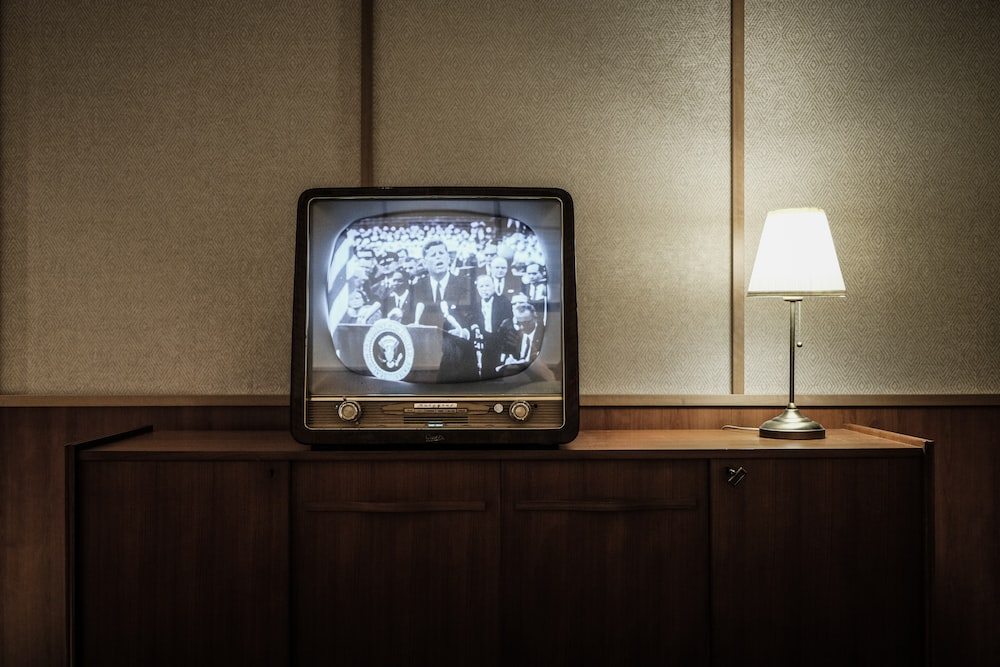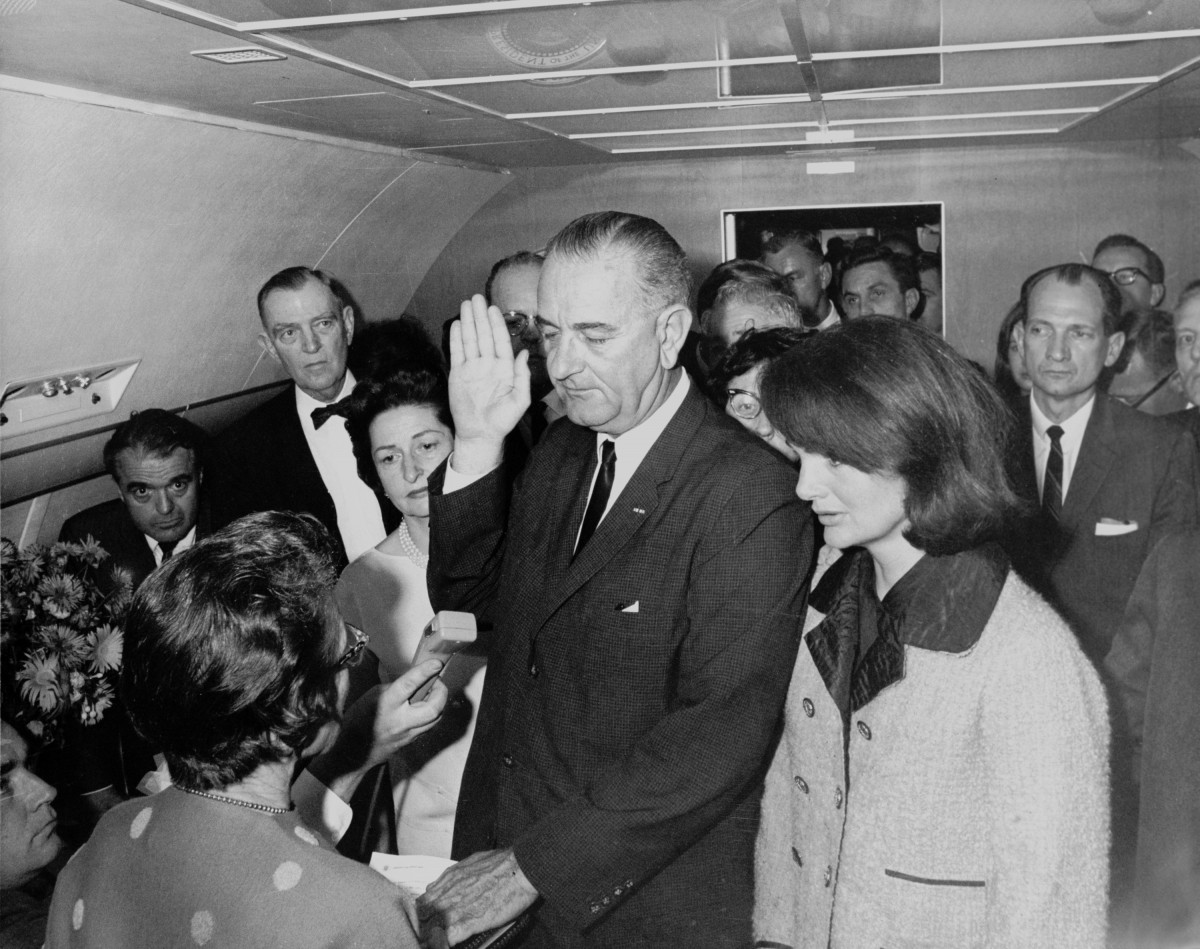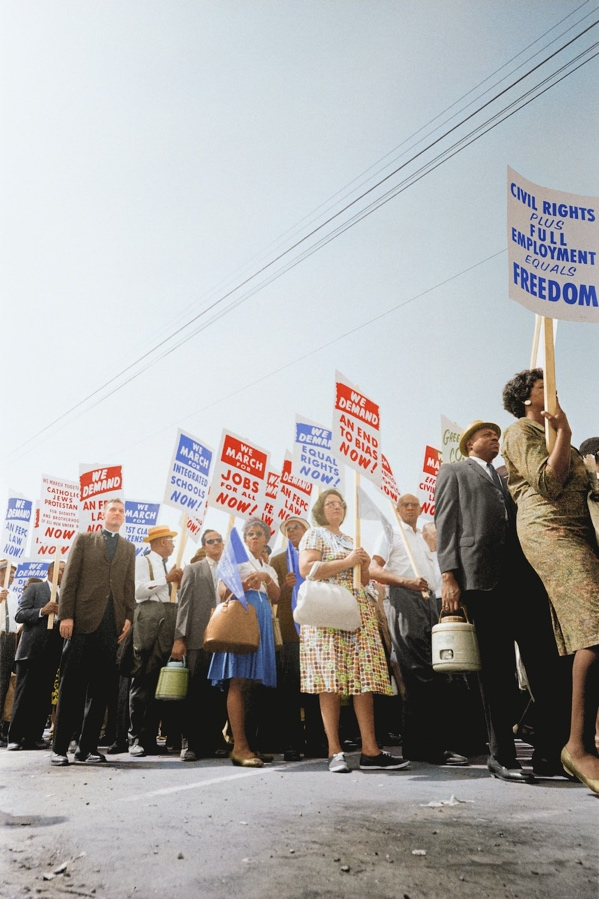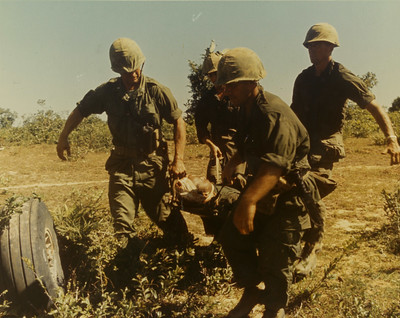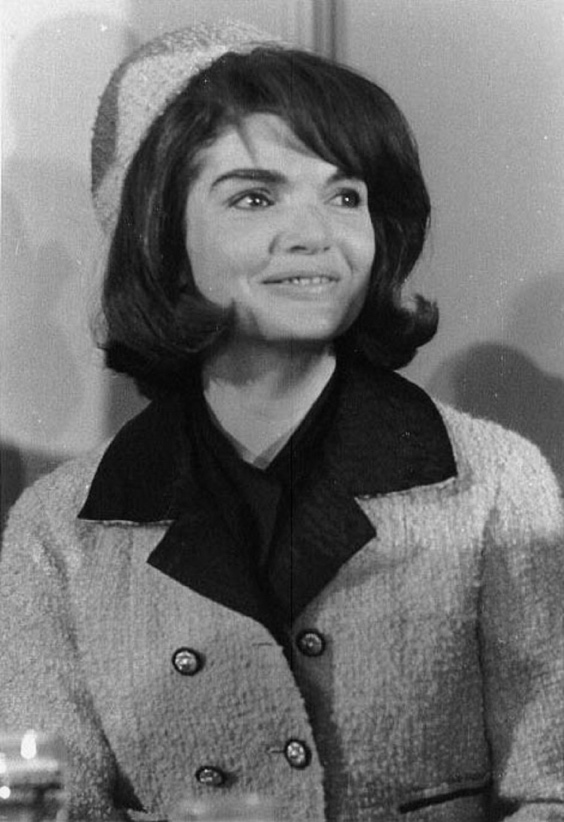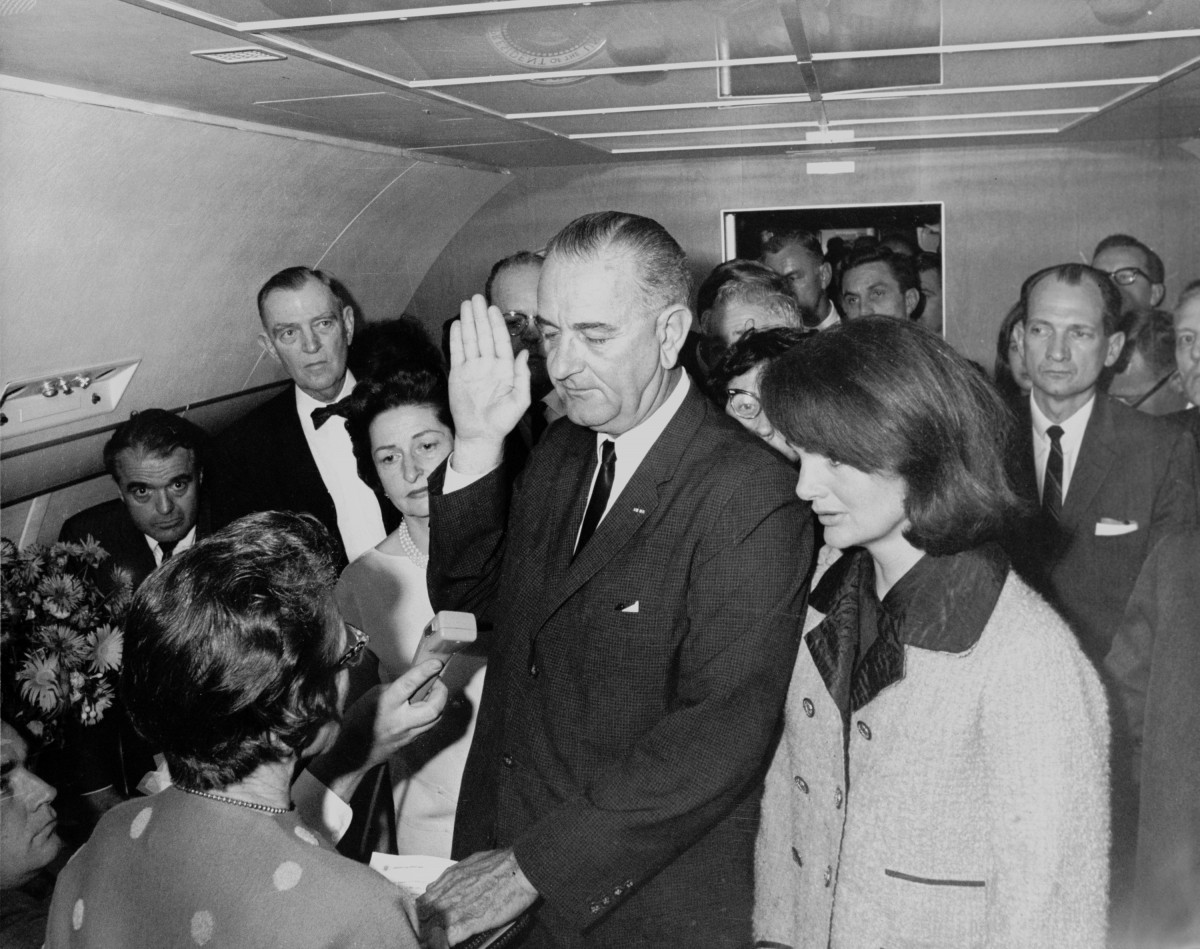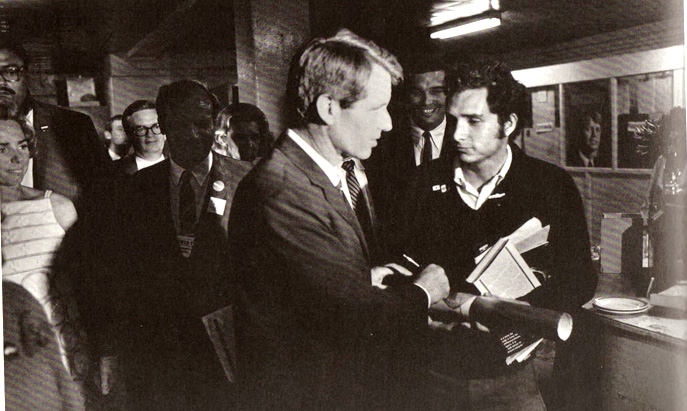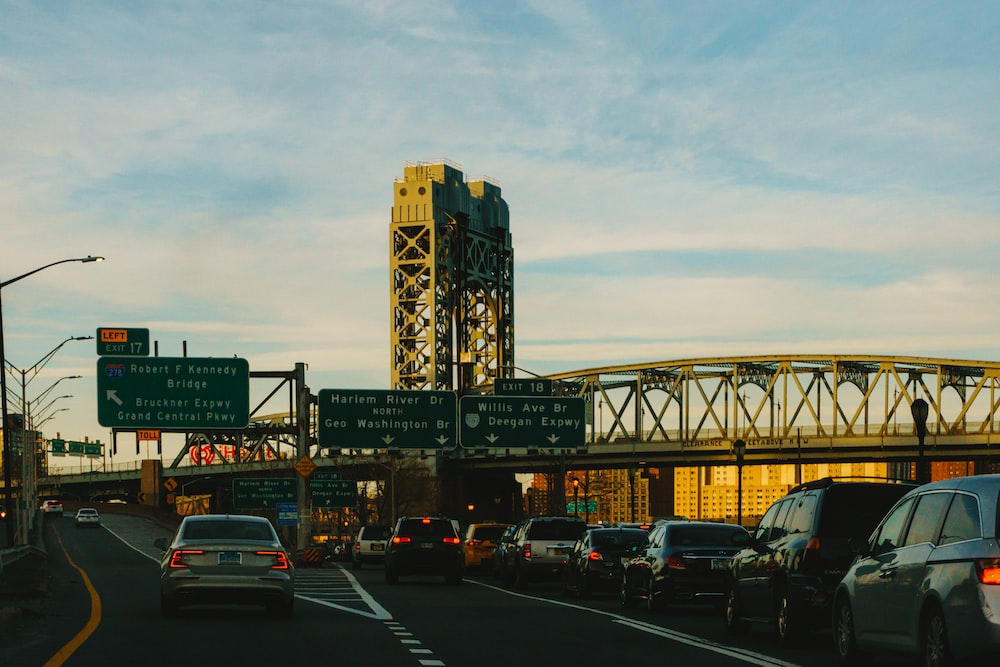- Jake Fernandez
- Blogs
- Hits: 149
The Most Noteworthy Televised Moments of the 1960s
It’s been half a century since the 1960s, a long enough time to see the events of that decade from a wider perspective. You may find most perspectives through our contributions over the years, but we’re still missing a televised perspective.
In today’s blog, we look back at the most sensational televised moments of the 1960s.
“I Have a Dream”
News media played an important role in the Civil Rights Movement. It helped civil rights activists spread their message through digital media instead of disseminating them through leaflets, mail, and whatnot.
The 1963 Freedom March and the “I Have a Dream” speech that Martin Luther King Jr. made during that march would perhaps not have been as impactful as it was then or as memorable as it is today if it weren’t televised and recorded. Human memory is fleeting, but the camera remembers every detail of that speech.
The Aftermath of the JFK Assassination
The reportage following the assassination of John F. Kennedy was some of the most extensive in the history of national television.
News reporters swarmed Dallas to immortalize the hasty oath-taking ceremony of Vice President Lyndon B. Johnson. They could record the former First Lady in the same blood-stained clothes she wore during the deadly motorcade.
That said, we’re sure the news media didn’t expect to capture another assassination and that too so soon after the death of a US President.
“Report from Vietnam”
Everyone knows the Tet Offensive was the event that reinforced the US withdrawal from the Vietnam War, but they may not know about the report that took the wind out of their sails.
“Report from Vietnam” was a report by Walter Cronkite, the anchor of CBS Evening News, documenting a two-week trip to Vietnam after the Tet Offensive. The situation on the ground this soon after the devastating attacks may have cemented President Johnson’s announcement not to run for reelection.
Lee Harvey Oswald is Assassinated
The Guinness World Record for the “First Murder on Television” goes to Lee Harvey Oswald. Two days after the assassination of John F. Kennedy, reporters clamored to get a glimpse of the alleged shooter.
They should’ve been careful what they wished for because they traumatized more than half the households across the US by capturing one of the violent televised moments of the 1960s. They ended up showing Jack Ruby killing Lee Harvey Oswald as the police were escorting him.
Visit Kennedys and King for Videos and Interviews
Find the videos and interviews of some of the above televised moments on Kennedys and King. You can also check out other media, such as articles, reviews, and resources we have collected over the years, to bring the truth behind the political assassinations of the 1960s to light.
Contact us for inquiries and to lend your support to our cause.


